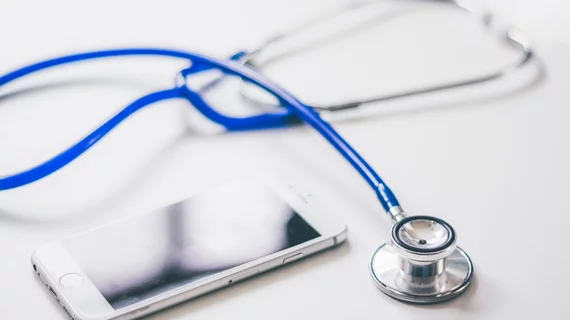Warning: iPhone 12 capable of deactivating implantable cardiac devices, putting patients at risk
A new feature in the Apple iPhone 12 appears to have an unexpected—and potentially dangerous—side effect: it can deactivate a person’s implantable cardiac device.
Cardiologists at the Henry Ford Heart & Vascular Institute discovered the issue while passing an iPhone 12 Pro over the chest of a patient with a defibrillator. They then shared their findings in Heart Rhythm.
“When we brought the iPhone close to the patient’s chest, the defibrillator was deactivated,” Gurjit Singh, MD, a cardiologist specializing in electrophysiology for the Henry Ford Health System, said in a prepared statement. “We saw on the external defibrillator programmer that the functions of the device were suspended and remained suspended. When we took the phone away from the patient’s chest, the defibrillator immediately returned to its normal function. We were all stunned.”
Singh said they also already have plans to further investigate the issue, testing the phone’s magnet with other cardiac devices.
“We believe our findings have profound implications on a large scale for the people who live daily with these devices, who without thinking, will place their phone in their shirt pocket or upper pocket or their coat—not knowing that it can cause their defibrillator or pacemaker to function in a way that could potentially be lethal,” Singh added.
The full Heart Rhythm analysis is available here. Read Apple’s own statement about the potential problem here.

